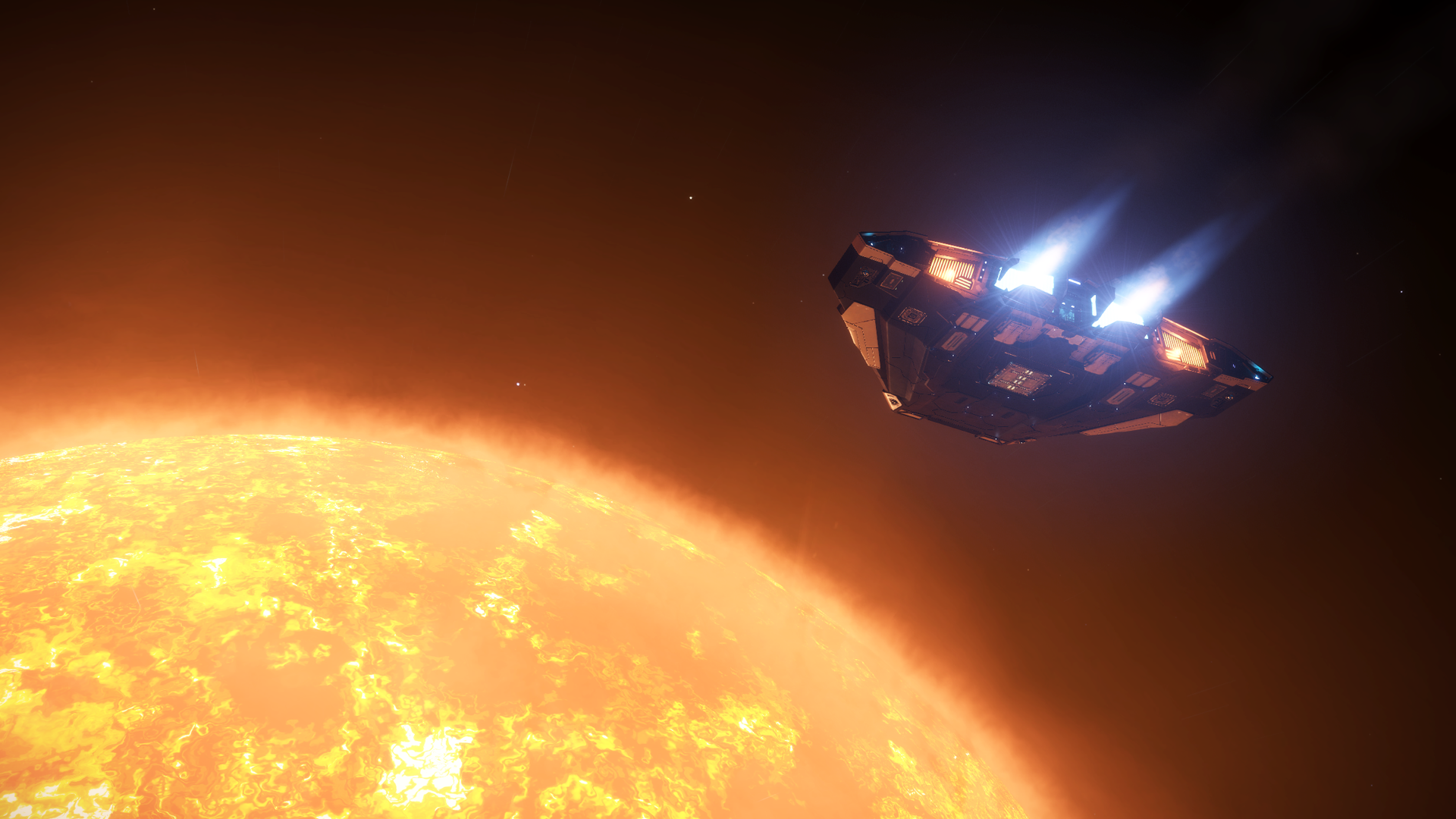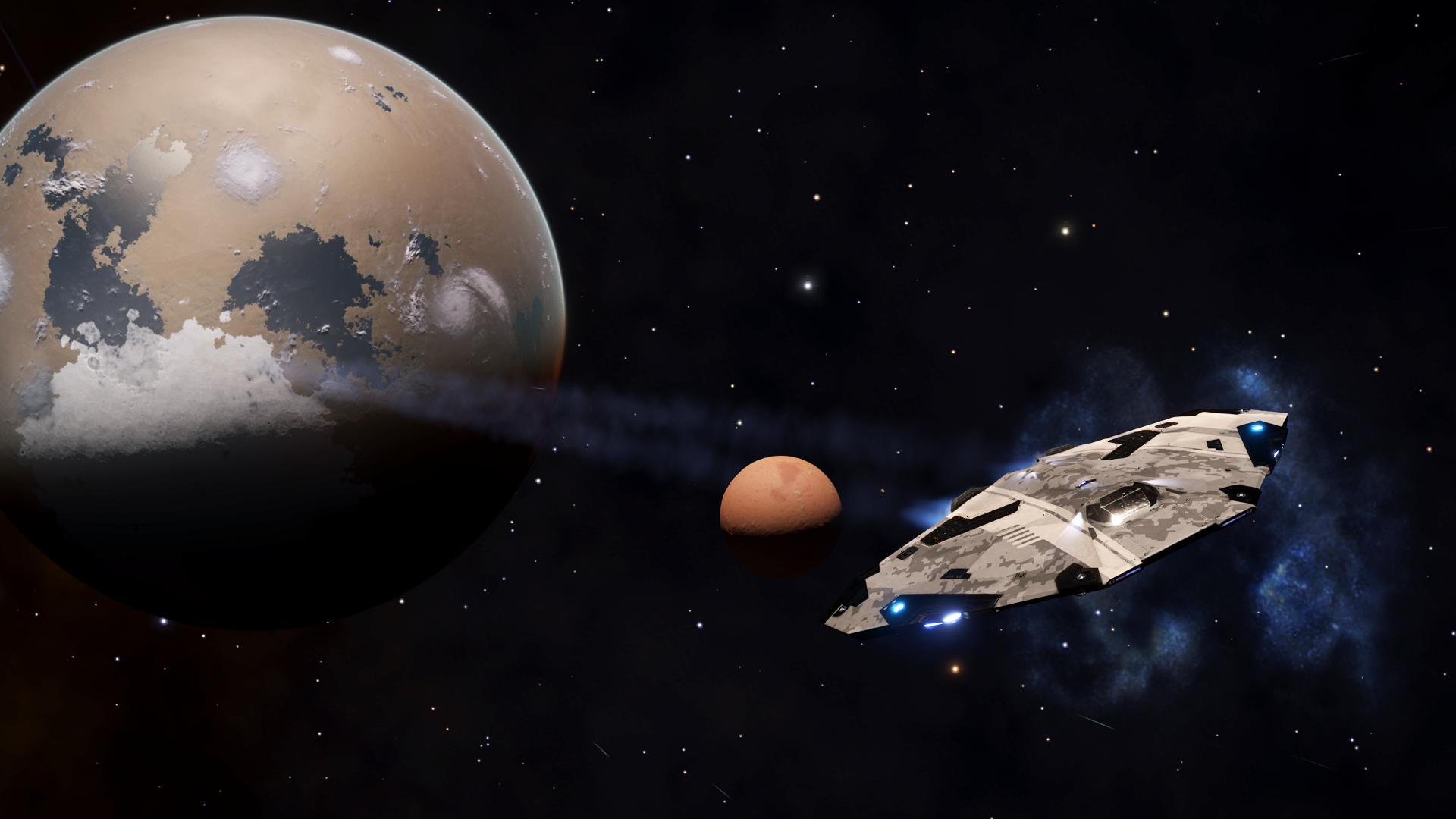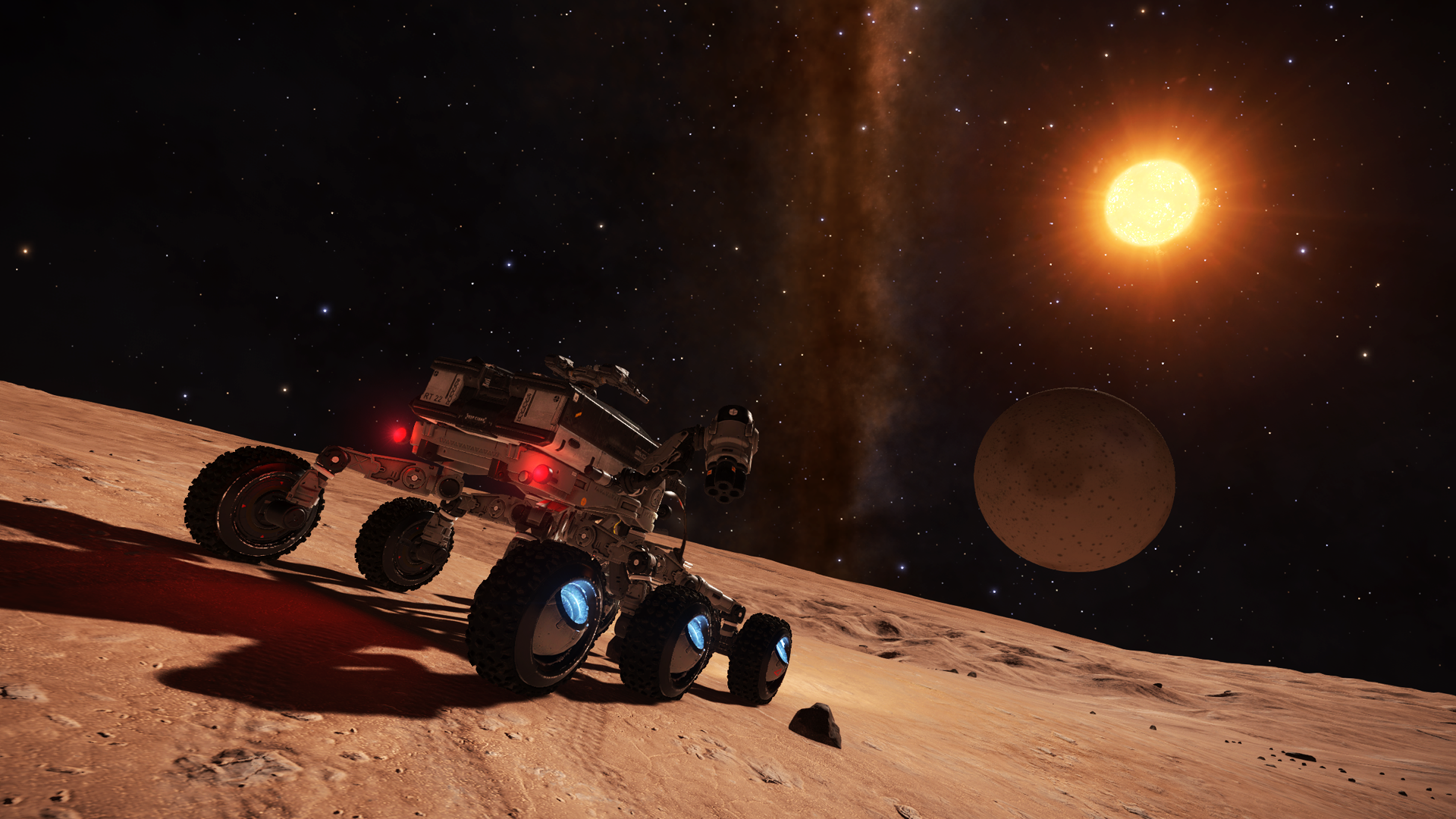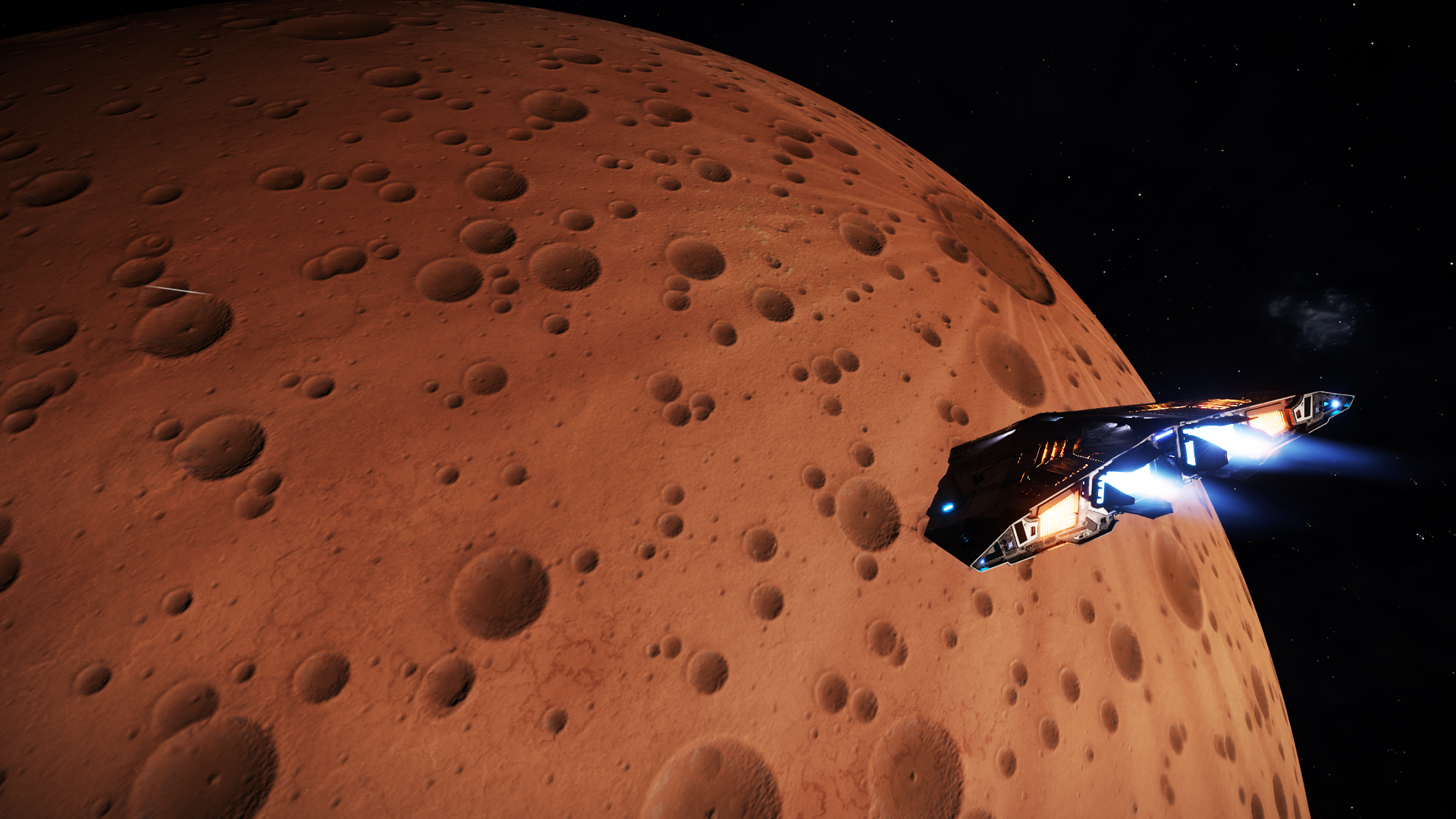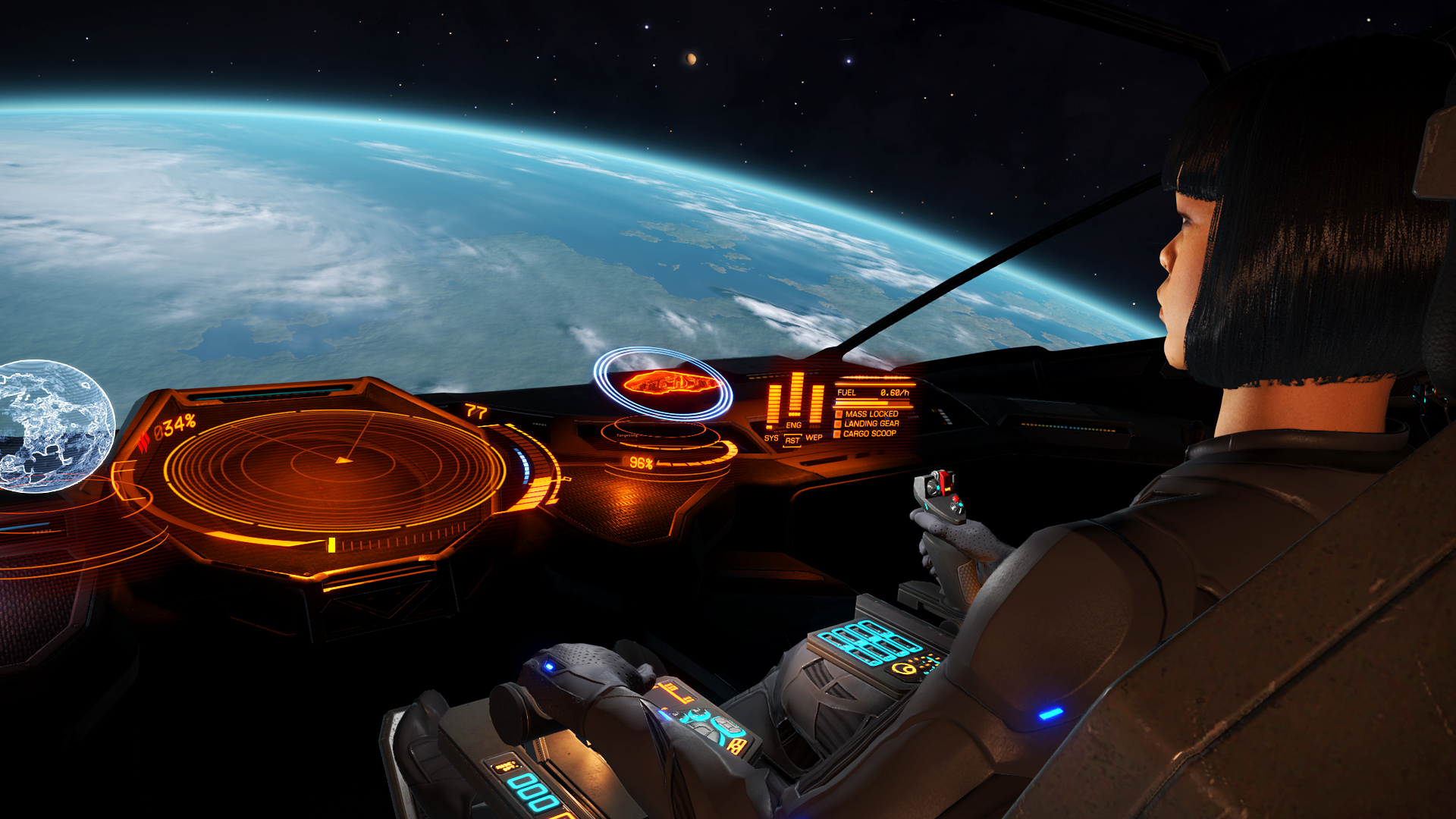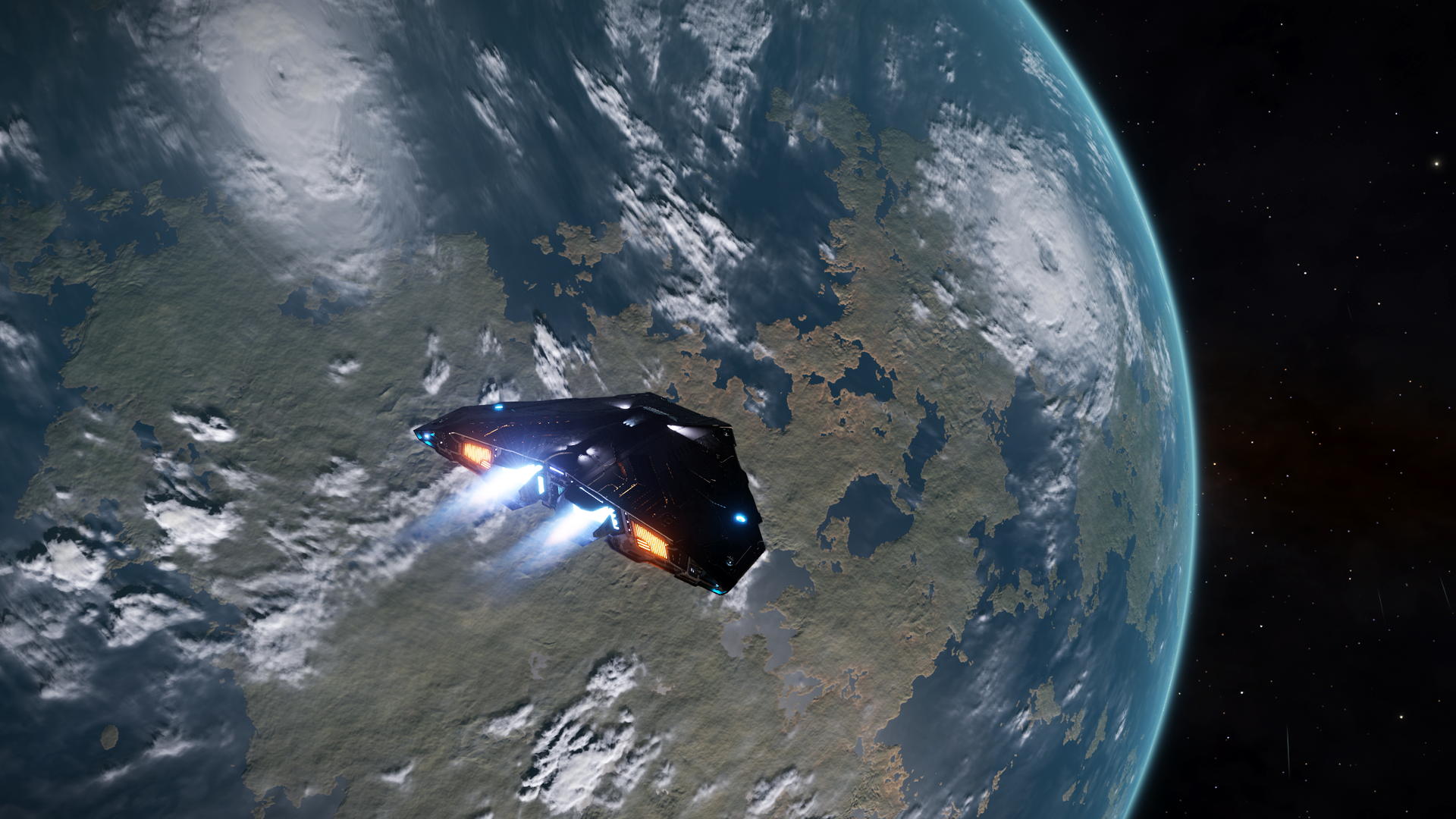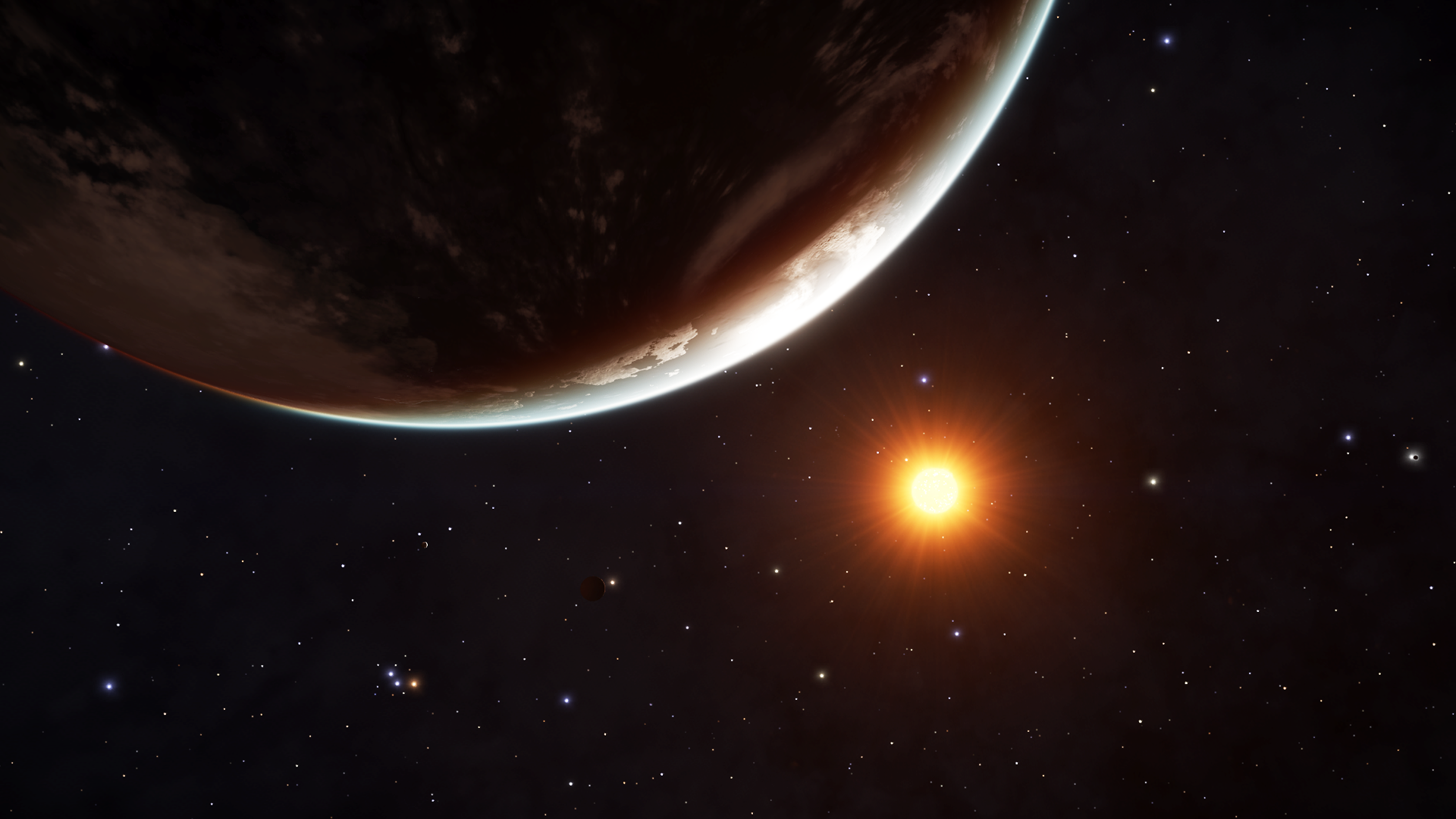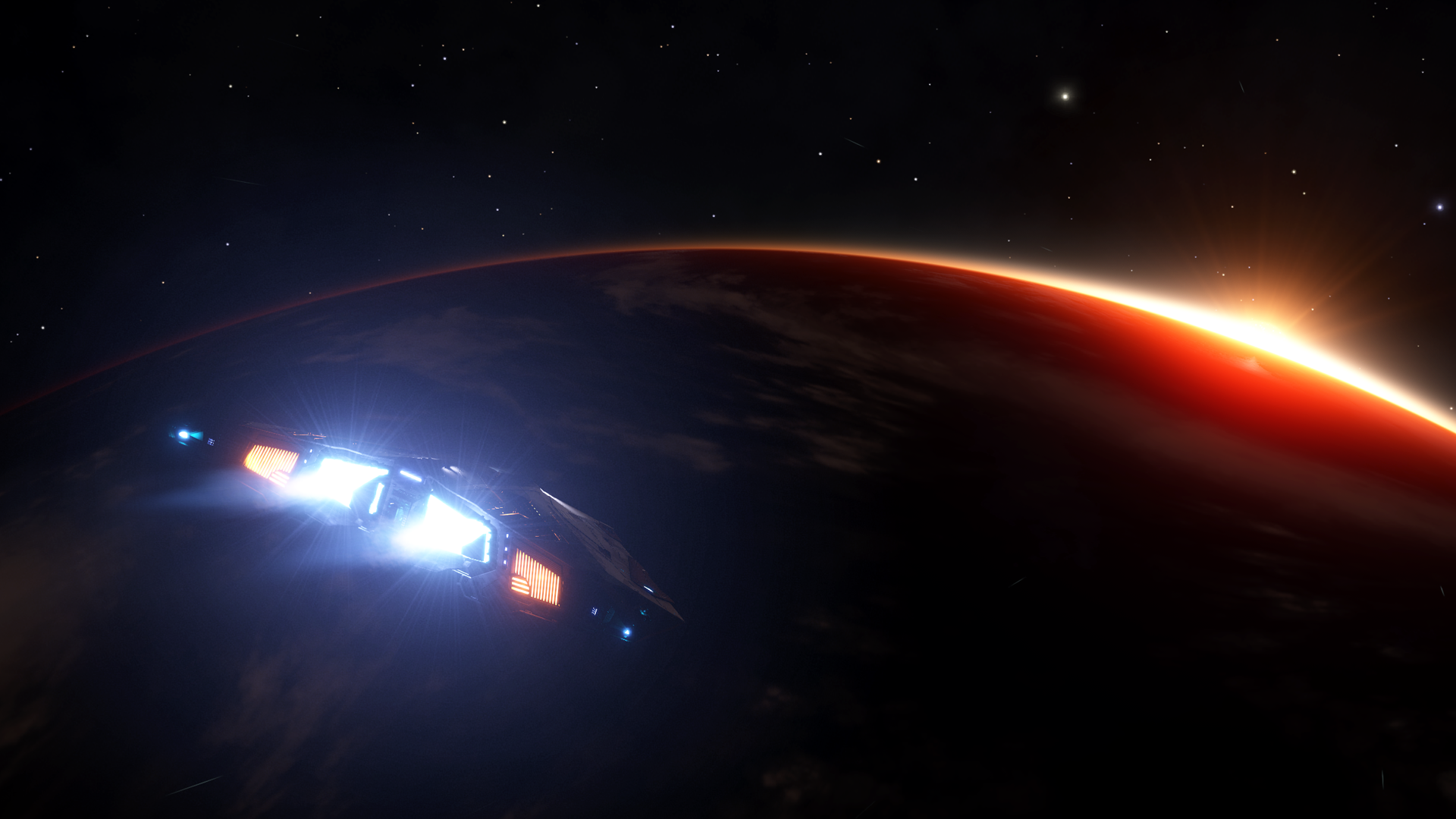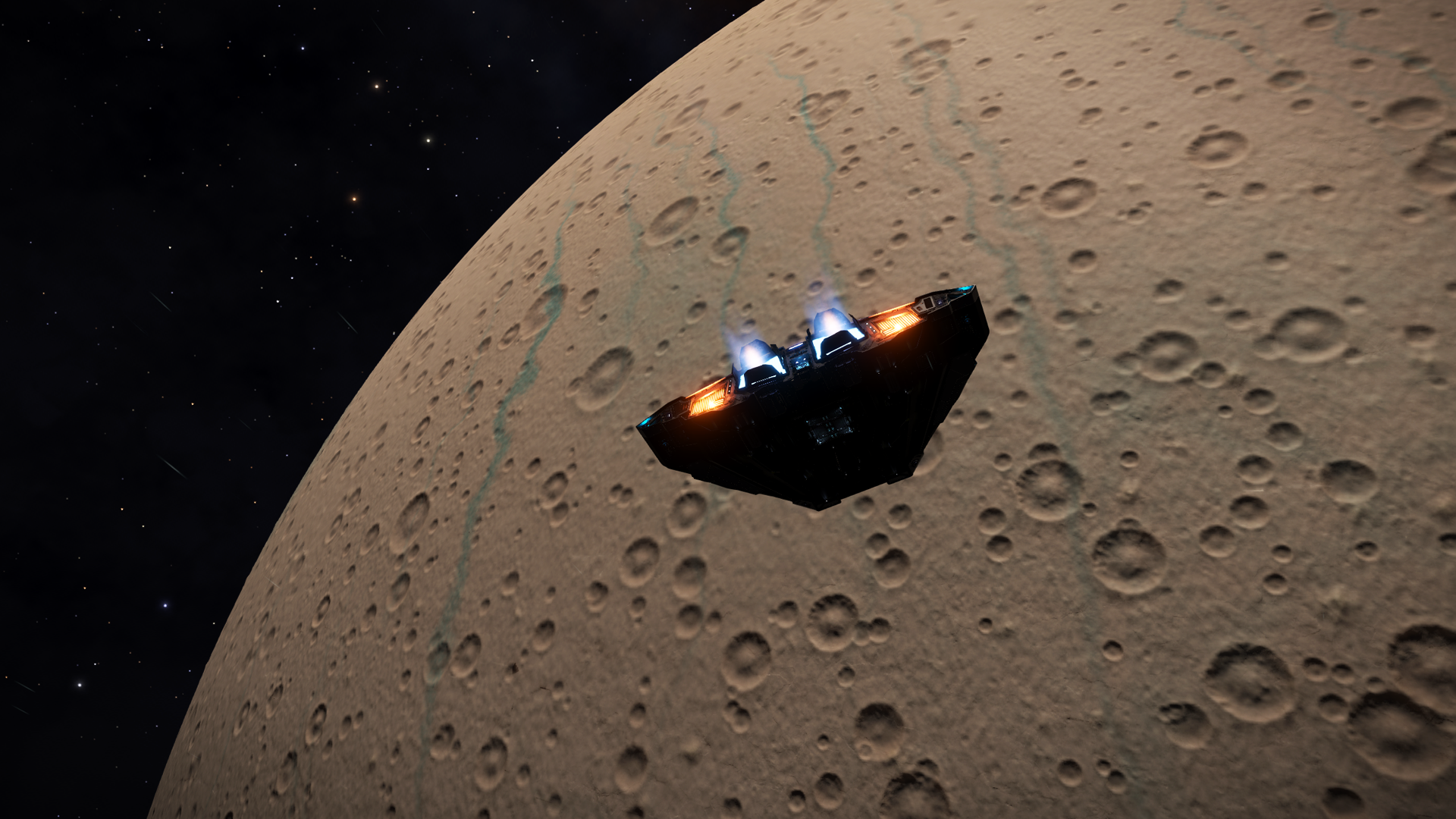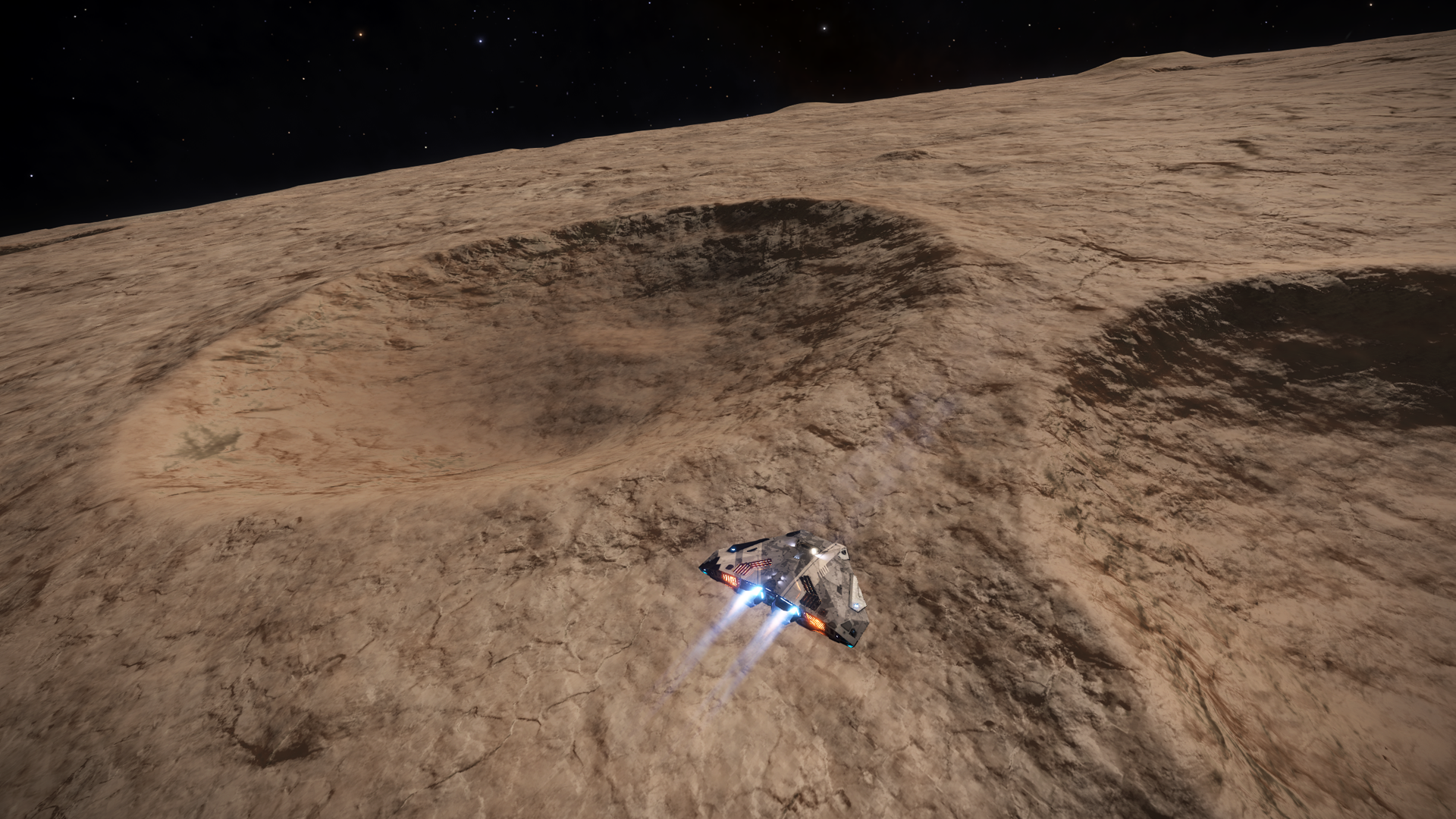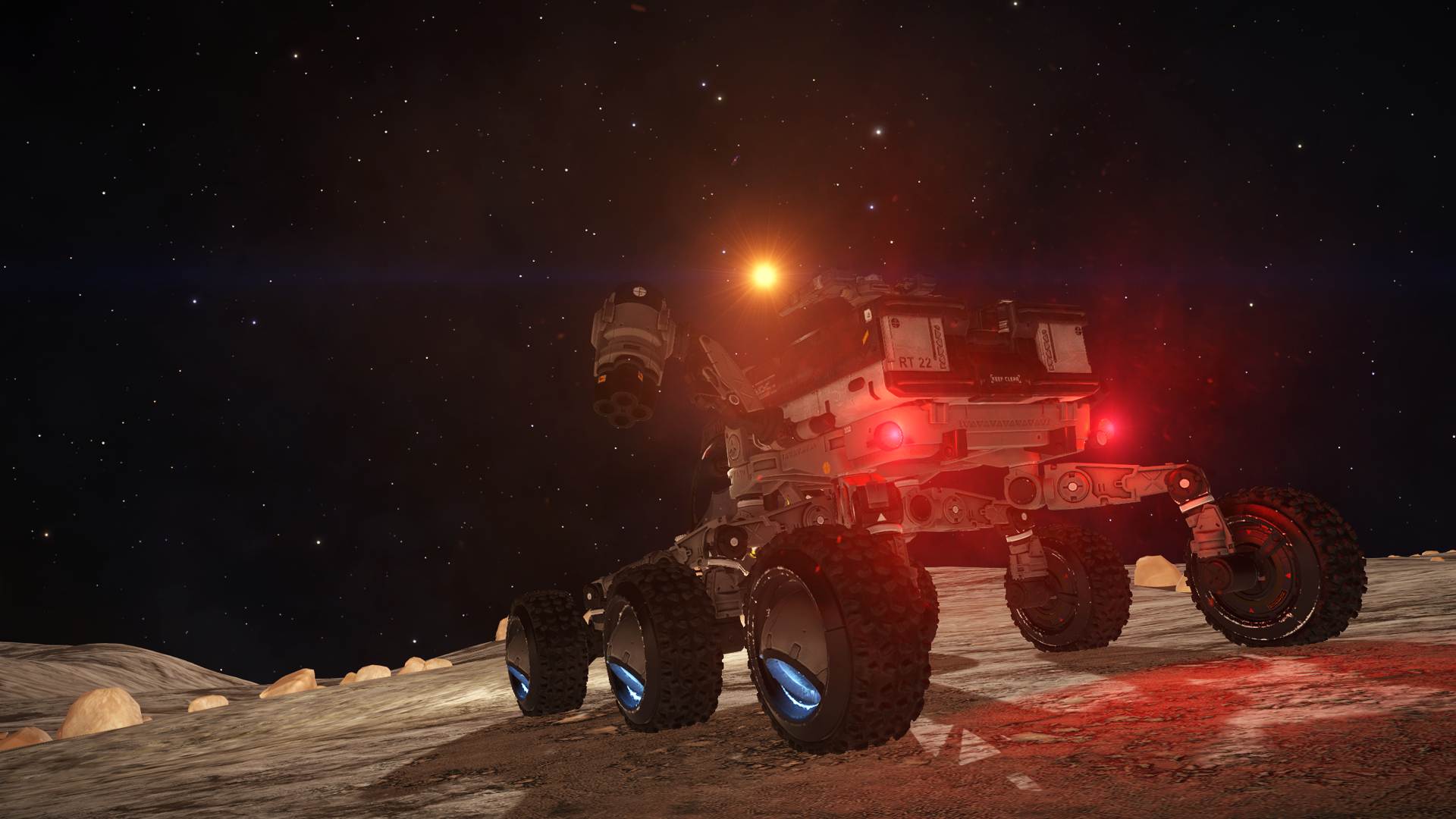Visiting NASA's latest discovery in Elite Dangerous
A tour of the TRAPPIST-1 system.
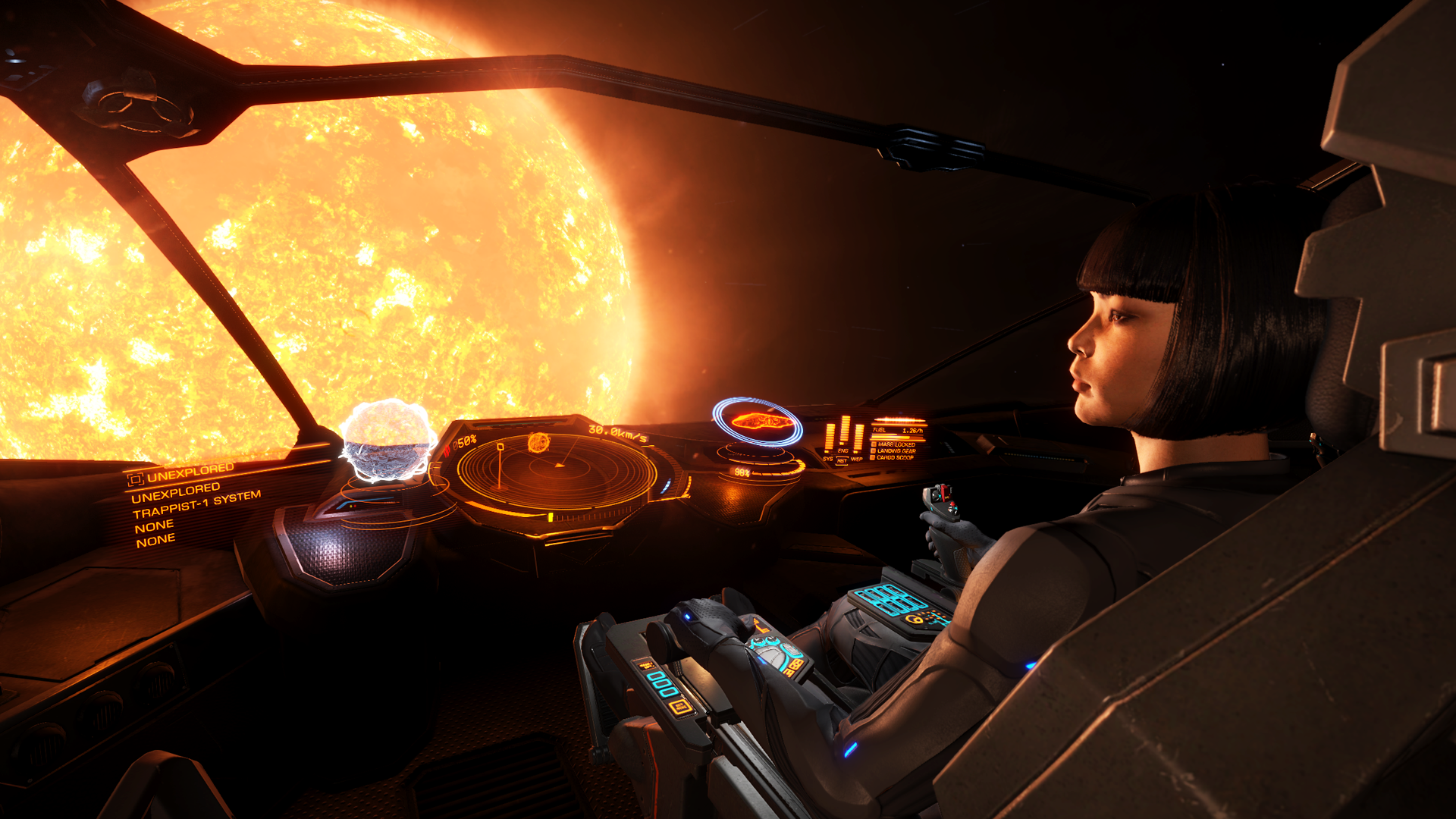
In February this year, NASA announced that the TRAPPIST-1 system—located a mere 229 trillion miles from Earth—contains seven terrestrial planets, three of which are in the so-called Goldilocks zone. Almost 4,000 exoplanets have been detected by astronomers to date, but the large number of Earth-sized planets in this particular system makes the discovery special.
And when I heard about it, my immediate thought was: I want to go there in Elite Dangerous. Frontier has reacted to real-world astronomy discoveries before in its realistic simulation of the Milky Way, and I wondered if TRAPPIST-1 would receive similar treatment. And I was delighted to hear that the system would appear in the latest beta, and eventually the game itself. The perfect excuse to take my trusty Cobra out for a spin and see the place up close.
Although many of the planets in TRAPPIST-1 are roughly Earth-sized and have the potential to support liquid water, there are other factors that could make it difficult for life to exist there. Cool, low-mass stars emit huge amounts of radiation in the form of flares, which could sterilise the surface of planets in the system. And they could be tidally locked too, meaning that they're always facing their star, making one side freezing and the other hot.
The vast recreation of the Milky Way in Elite Dangerous was generated using a tool called Stellar Forge, which predicted the existence of TRAPPIST-1 with surprising accuracy. "Stellar Forge created a system with a brown dwarf star in very nearly the same place," says Frontier CEO and Elite creator David Braben, referring to the system in the game that has since been replaced by TRAPPIST-1. "And it even had seven terrestrial worlds around it."
TRAPPIST-1 gets its name from the Transiting Planets and Planetesimals Small Telescope, which first detected exoplanets in the system. Further discoveries were made by NASA's Spitzer Space Telescope and the Very Large Telescope in Chile. The system itself was first discovered in 1999 and was designated 2MASS J23062928-0502285. Really rolls off the tongue, doesn't it?
After NASA's discovery, SETI (the Search for Extraterrestrial Intelligence) pointed its radio telescopes at TRAPPIST-1 to search for signals. Senior astronomer Seth Shostak said they scanned through 10 billion radio channels, but no transmissions were detected. But that doesn't necessarily mean there isn't some form of life, intelligent or not, in the system.
Check out issue 305 of PC Gamer magazine (released May 4) for an in-depth interview with David Braben about the TRAPPIST-1 system and how Frontier reacts to real-world astronomy discoveries in its simulated galaxy.
Keep up to date with the most important stories and the best deals, as picked by the PC Gamer team.
If it’s set in space, Andy will probably write about it. He loves sci-fi, adventure games, taking screenshots, Twin Peaks, weird sims, Alien: Isolation, and anything with a good story.
